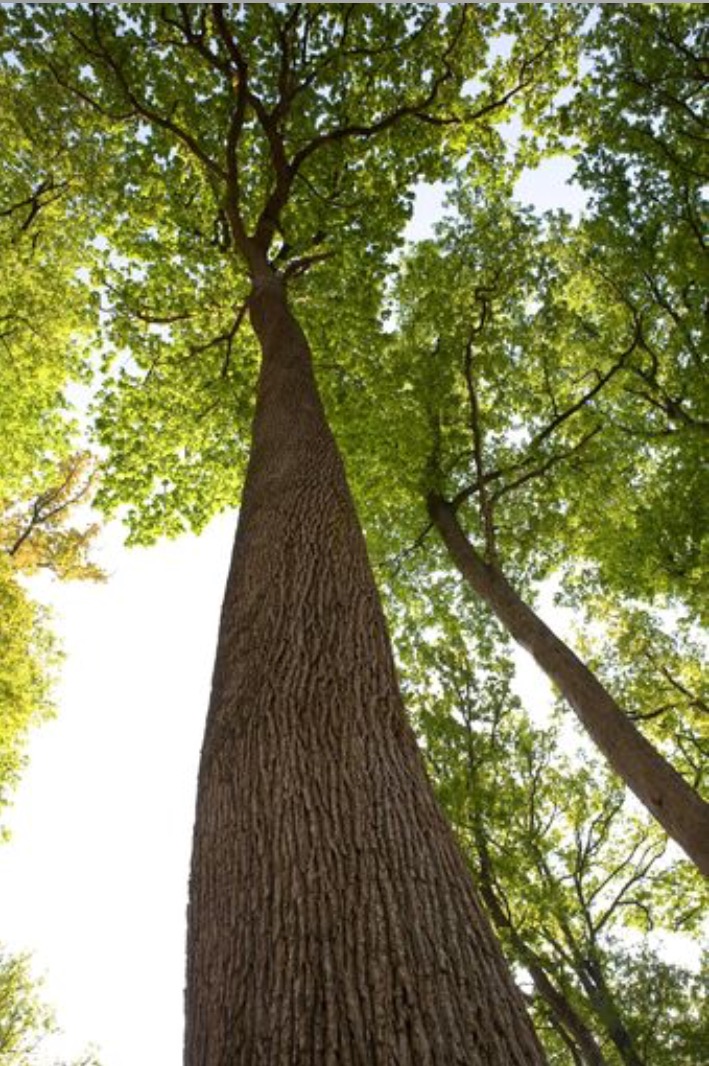
After checking out the first two days of this year’s French Oak Roubo Rodeo and seeing those manly men wrestling and wrangling with massive slabs of oak I had to break out my Japanese fan to cool myself down, because Oh La La, that French Oak!
The French have a great admiration for their oak trees with the best lumber being used for wine barrels. One of the oldest of the French oak forests is the Forest of Troncais, developed beginning in 1670 under the direction of Jean-Batiste Colbert, Minister of Finances and Secretary of State of the Navy for Louis XIV (the Sun King). The oaks were grown and managed specifically for shipbuilding. While reading about trees and boatbuilding I learned about Troncais (and there might be a future post named “Make a Boat From a Tree”).

The primary oak species in Troncais is Quercus petraea. Trees are harvested when they are around 160 to 200 years old and average about 120 feet high. Today, Troncais oaks are highly prized for wine barrels for aging cognac and Bordeaux wines. There are several other esteemed forests, also under the protection of the French government, that supply oak for wine production and other specialized uses.
If you haven’t read about FORP I held in August 2013 and the American roots of some of the oak used you can read about it here.

Since I live in Maryland (also known as Merlin) I must mention our famous white oak, the Wye Oak, of Talbot County on the Eastern Shore. This great old tree was 96 feet high, almost 32 feet around and watched over us for 450 years when it was brought down by high winds during a thunder storm in June 2002. The Wye was thought to be the oldest and biggest white oak in the United States.
The last big tree of note is giant Cypress, the blog of Wilbur Pan. If you have questions on Japanese tools, need book and website references, New Jersey fun facts, or need to know how to handle cheese cake with chop sticks, then giant Cypress is the place to go here. And every year on this date Wilbur has a special tribute for veterans.
–Suzanne Ellison

A similar situation occurred here in Sweden in the 1830’s when the Swedish Navy planted and cultivated an oak forrest on the island of Visingsö in Lake Vättern. Now it is no longer needed for ship building and are being managed for more specialised uses such in the making of veneer for flooring.
So far my reading has centered around the Mediterranean; I will have to go north. Thank you.
In forestry school we learned about Ebeneezer Mudgett who cut some of the King’s trees and started the Pine Tree Riot. For fun reading about early tree related anarchy see:
http://connecticuthistory.org/the-white-pine-acts-who-knew/
BTW the Pine Tree Flag would make a great t-shirt
https://en.wikipedia.org/wiki/Pine_Tree_Flag
Thanks for the link. I was thinking about a post on Liberty Trees, but now it will have to be Tree Anarchy!
There already is a wonderful book called ‘From tree to sea’ by Ted Frost. ISBN 0 86138 033 9. published by Terence Dalton Ltd.If you like anything about The Anarchist’s Tool Chest you’ll love this book too.
I will have to find this book. Thanks!
New Jersey fun facts?????